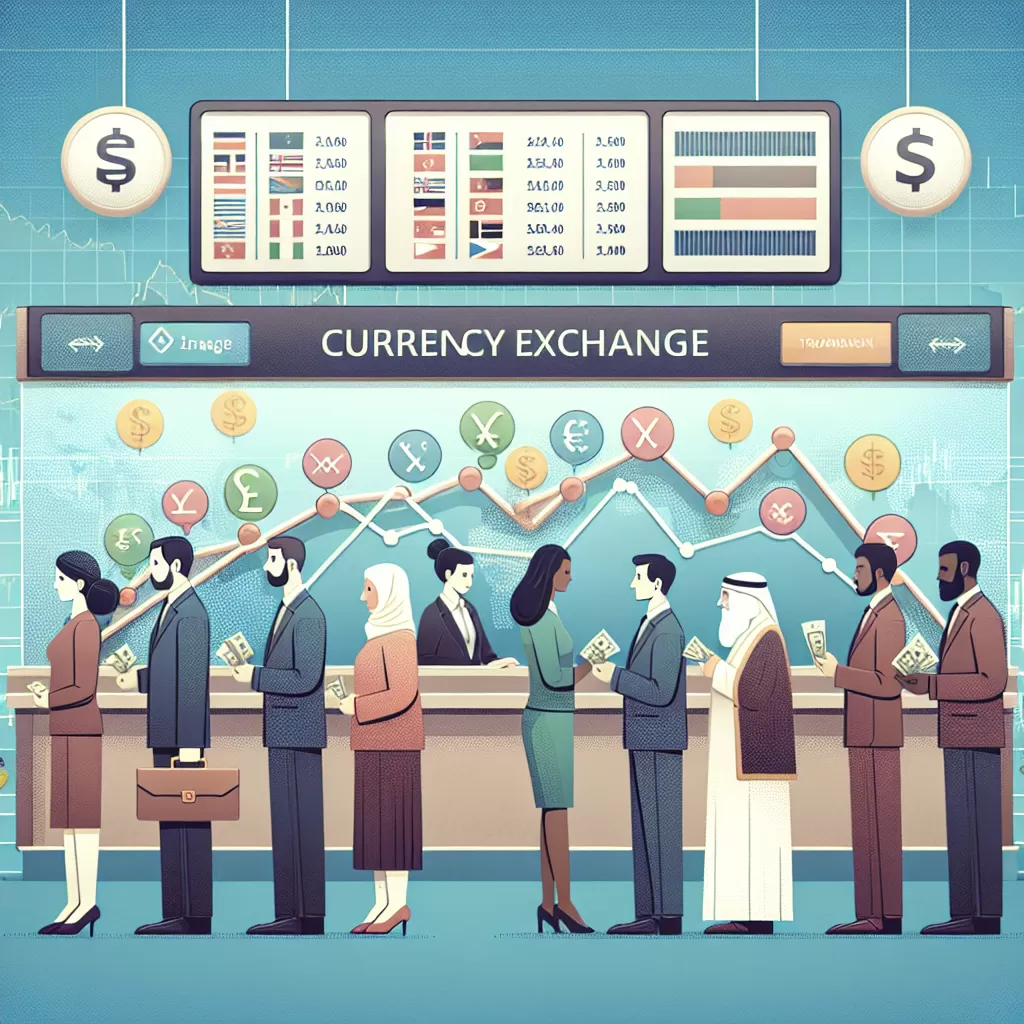What Does It Cost To Exchange Currency
Follow Currency Mart April 10, 2024
Where to purchase Foreign Currencies?

Introduction
Currency exchange is a common facet of the global economy, every day billions are swapped between currencies for various reasons, such as trade, tourism, or overseas operations. While everyone from a coffee shop owner to a multinational corporation needs to understand currency exchange, it starts with understanding all the costs involved.Understanding Currency Exchange
Currency exchange is the act of swapping one currency for another, such as converting Canadian dollars to American dollars. The value of a currency against another is determined by the foreign exchange market, a global marketplace of banks, financial institutions, and individual traders. Here, the supply and demand for different currencies dictate their exchange rates.The Cost of Currency Exchange
There are generally two types of costs associated with currency exchange - the exchange rate and service fees.Exchange Rate
The exchange rate is the value of one currency against another. For example, as of today, 1 Canadian dollar might be worth 0.75 US dollars. This rate fluctuates based on market conditions, including economic performance, political stability, and market speculation. However, not all players in the market offer the same exchange rate. Banks, independent currency exchange bureaus, and online platforms tweak the market exchange rate to cover their costs and make a profit. This rate is known as the 'retail' or 'customer' exchange rate. Hence, if the market rate is 1 CAD = 0.75 USD, a bank might offer a rate of 1 CAD = 0.73 USD.Service Fees
The second cost of currency exchange comes in the form of service fees. These are charges levied by the exchange service for carrying out the transaction. The fees can vary widely based on the provider. Banks, for example, may charge a flat fee per transaction or a percentage of the total amount. Independent bureaus, on the other hand, often lure customers with 'no service fees', but compensate by offering a less favourable exchange rate. Some online services offer competitive rates with low fees, mostly because of lower overhead costs.Minimizing Cost of Currency Exchange
There are several ways to decrease the cost of currency exchange.Shopping Around
Different providers offer different exchange rates and fees, so shopping around can help find the best deal. This means comparing rates at different banks, currency exchange bureaus, and online platforms. Some online tools let you compare rates in real time.Exchange in Advance
Certain currencies or large amounts may need to be ordered in advance at financial institutions. Therefore, planning the exchange ahead of time can help you avoid high last-minute fees or unfavorable exchange rates.Choose Low Fee Options
Traditional banks tend to charge higher service fees. Hence, it might be worth considering low-fee alternatives. Online platforms, for instance, tend to offer competitive rates and lower fees due to minimal overhead costs.Beware of "No Fees"
Often, currency exchange services advertise "no fees". However, this usually means they make up for it with less favorable exchange rates. Therefore, always look at the total amount you'll receive after the exchange, not just the service fee or exchange rate in isolation.Conclusion
Currency exchange is a necessary part of the global economy. Understanding the costs involved in currency exchange helps you make more informed decisions and save money, whether you're a tourist swapping CAD for euros or a business owner making transactions across borders. Educational insights like these not only help individuals minimize their costs but also paint a broader picture of the mechanisms driving the world's financial systems.
Where to purchase Foreign Currencies?